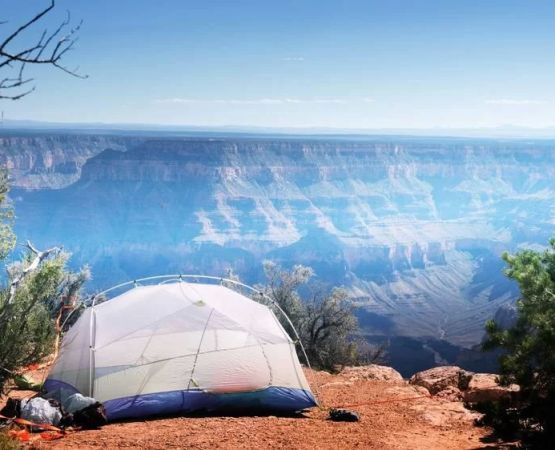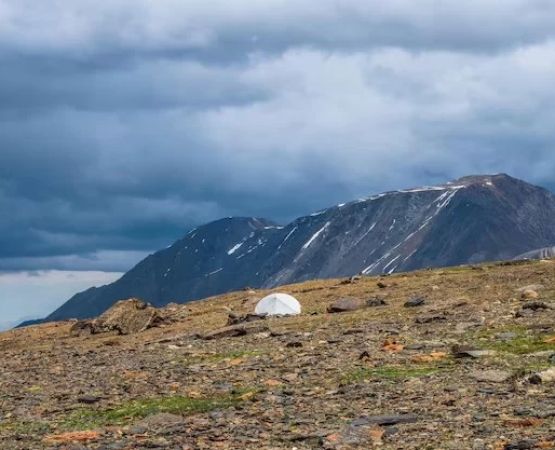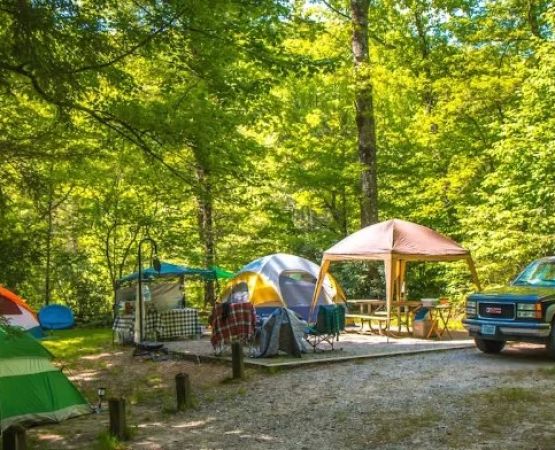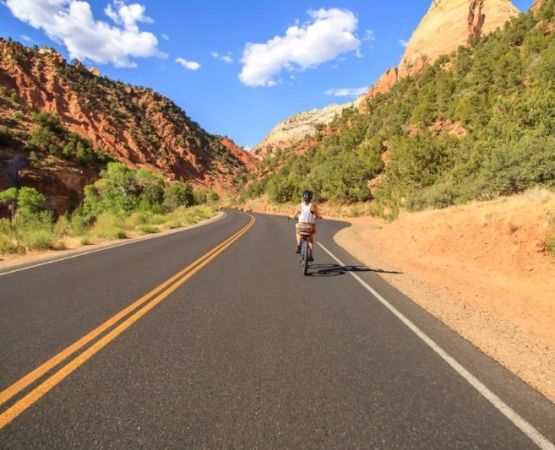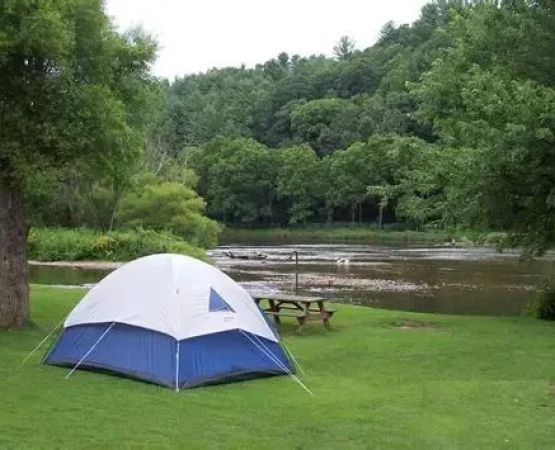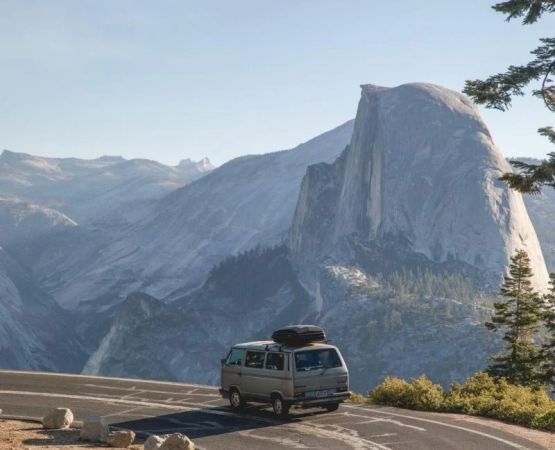How to Select the Perfect Campsite for Hiking and Outdoor Activities
Learn how to select the perfect campsite for hiking and outdoor activities with these expert tips. Discover the best factors to consider for a memorable camping experience.
1. Setting the Right Expectations for Your Camping Trip
When it comes to selecting the ideal campsite for hiking and outdoor activities, the first step is to set the right expectations. Having been on countless outdoor trips myself, I've learned that choosing the perfect campsite can make or break the experience. A great campsite allows you to enjoy nature at its best, while a poorly chosen site can lead to frustration and discomfort.
Before you even begin your search for the perfect campsite, it’s essential to think about what kind of experience you want. Are you looking for solitude in a remote location or a more social, accessible site close to hiking trails and amenities? Do you want to camp near a lake or river for swimming and fishing, or do you prefer the peace of a forested area? Understanding your goals for the trip will guide your campsite selection process.
Expectations should also be set with the understanding that nature is unpredictable. Weather, wildlife encounters, and terrain challenges may not always go according to plan. By embracing the unpredictability of outdoor adventures, you’ll find that your camping experience becomes more enjoyable, no matter the circumstances.
2. Factors to Consider When Choosing a Campsite
As someone who’s experienced a variety of terrains and weather conditions, I know that choosing the right campsite is more than just picking a location on a map. There are several factors that influence how comfortable and enjoyable your stay will be.
- Location and Proximity to Trails: If hiking is your primary activity, selecting a campsite near hiking trails is a must. Look for campgrounds that are located near popular trails or have access to scenic routes that lead to natural wonders like waterfalls, peaks, or valleys. One of my most memorable camping trips was when I camped near a trail that led to a remote lake—nothing beats waking up in the morning to hike straight into a gorgeous view.
- Elevation and Terrain: The type of terrain can greatly impact your camping experience. If you’re camping in a mountainous area, consider the elevation, as it affects temperature and accessibility. High altitudes can be cooler and may require additional preparation for cold-weather camping. For flatter areas, such as deserts or forests, assess the landscape for comfort and safety, ensuring it’s not too close to flood-prone areas or difficult to navigate.
- Water Sources: Proximity to a water source is another essential factor to consider. I’ve camped near lakes and streams where I could easily filter water for drinking and cooking. However, it’s important to check whether the water is safe to drink without purification. In some regions, it might be necessary to bring your own water or a filtration system if there’s no safe water source nearby.
3. Accessibility and Transportation Considerations
Accessibility is another key factor in selecting the right campsite, especially if you plan on hiking and engaging in outdoor activities. Some of the most beautiful campsites are found in remote areas, but they can also be difficult to access, requiring long hikes or even climbing.
Consider the length and difficulty of the hike needed to reach the campsite. If you’re an experienced hiker, you might be excited about the challenge, but if you’re a beginner or camping with young children or elderly family members, look for campsites that are more easily accessible by foot or vehicle. In my experience, having a campsite that's within a manageable distance from the trailhead makes a huge difference, especially after a long hike or day of outdoor activities.
Additionally, think about whether the campsite is accessible by vehicle if you plan to carry large items or supplies. While some campsites require a bit of off-roading or a hike to reach, many campgrounds offer easier access for car camping.
4. Understanding the Amenities and Facilities
One of the most crucial factors when choosing a campsite is determining the amenities available. Depending on your comfort level and how rustic you want your experience to be, the level of facilities can vary widely from one campsite to another.
- Restrooms and Showers: For some, the availability of restrooms and showers is essential for comfort, especially on longer camping trips. If you’re planning to camp for an extended period, having access to basic hygiene facilities can make a big difference. However, if you’re more adventurous and comfortable with primitive camping, you might prefer a site without modern amenities, giving you a more back-to-basics experience.
- Picnic Tables and Fire Pits: Some campsites provide picnic tables, fire pits, and grills. These can be very helpful when cooking meals and enjoying time around the campfire. I’ve had many enjoyable evenings cooking over an open fire and gathering around with friends and family, so be sure to check for these features when choosing your campsite.
- Storage and Safety: Depending on where you camp, bear-proof food storage might be necessary. In national parks or more remote areas, wildlife encounters can occur. It’s a good idea to choose a campsite that has appropriate safety measures in place, such as food lockers or designated areas for cooking.
5. Considering the Crowds and Seasonal Factors
When planning a camping trip, it’s important to consider the crowds and the time of year. Some campsites can become quite crowded, especially during peak season, while others offer peace and solitude. Personally, I’ve learned that the best time to camp often depends on the area and its popularity.
- Peak Seasons: National parks and popular campgrounds often see a surge of visitors during peak seasons, such as summer months or holiday weekends. If you prefer a quieter, more peaceful camping experience, I recommend planning your trip during off-peak times. Early spring or fall can be ideal for avoiding crowds while still enjoying good weather.
- Special Events and Local Conditions: Consider local events or weather conditions that may impact your camping experience. Some areas host special events, such as festivals or outdoor activities, which might increase the number of visitors. Always check local weather conditions to ensure that you're prepared for any potential challenges, such as rain or extreme heat.
6. Final Considerations: Leave No Trace and Sustainability
As outdoor enthusiasts, it’s our responsibility to protect the natural beauty of the places we enjoy. One of the most important aspects of choosing a campsite is ensuring that it aligns with Leave No Trace principles.
- Leave No Trace: Always select campsites that are designated and follow the Leave No Trace guidelines. Stick to established trails, pack out all your trash, and respect the natural environment. By minimizing our impact, we can preserve these incredible spaces for future generations to enjoy.
- Sustainability and Eco-friendly Practices: Whenever possible, try to choose campsites that support sustainable practices, such as composting toilets or eco-friendly waste disposal. Using biodegradable soaps and avoiding plastic waste are small changes that can make a big difference in reducing our environmental footprint.
Choosing a campsite with sustainability in mind not only helps preserve nature but also contributes to a more meaningful and responsible outdoor experience.
